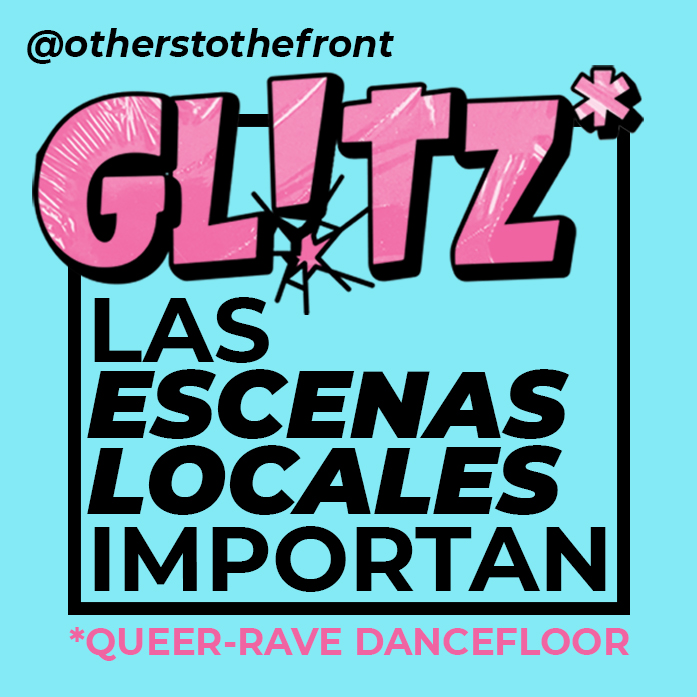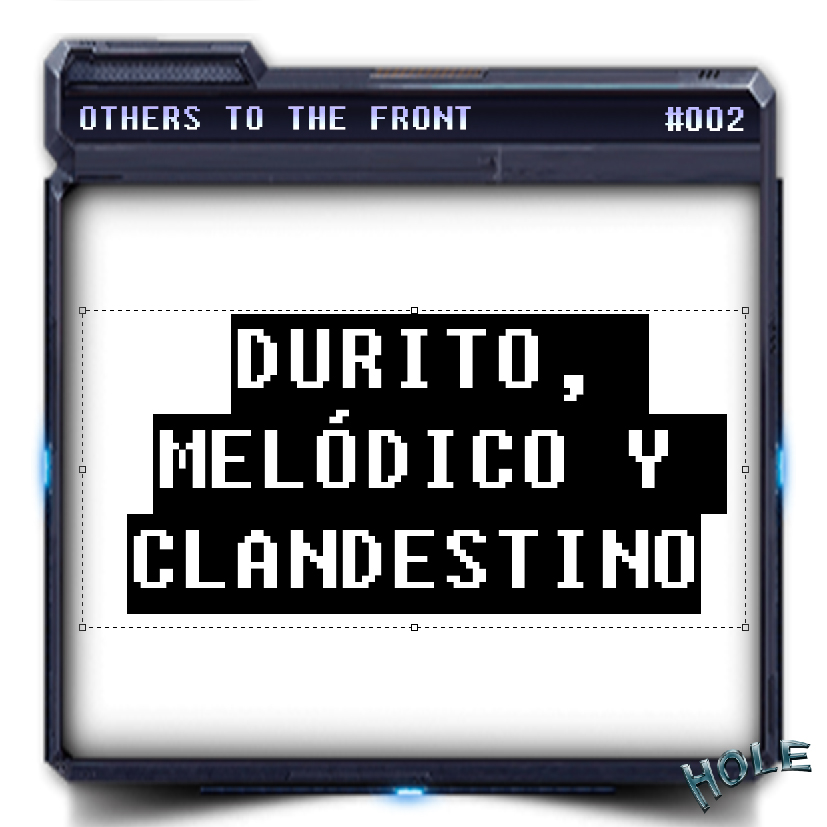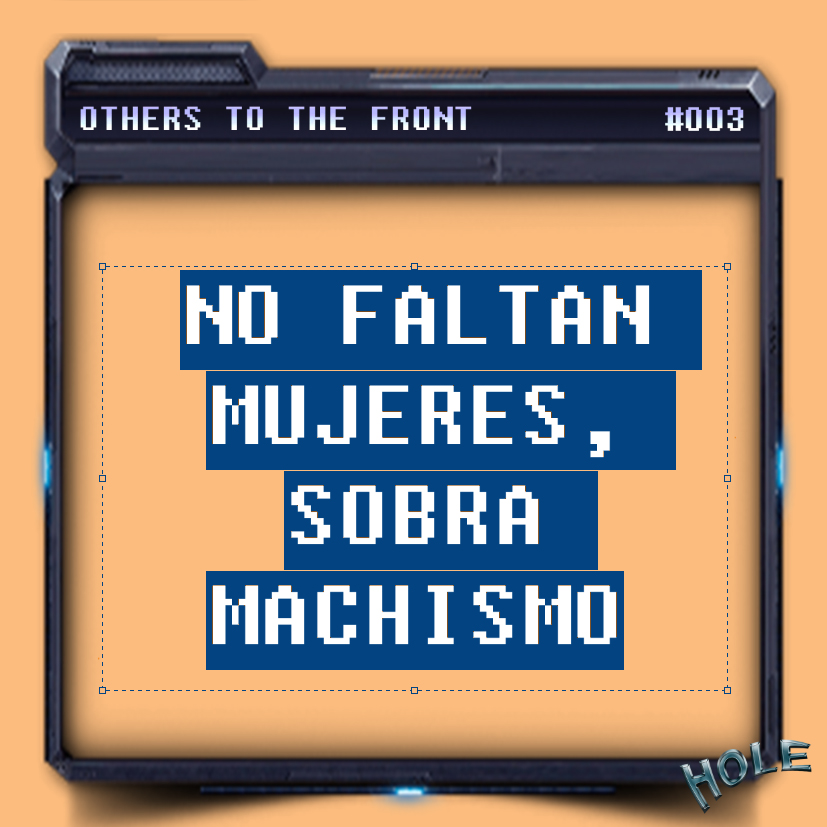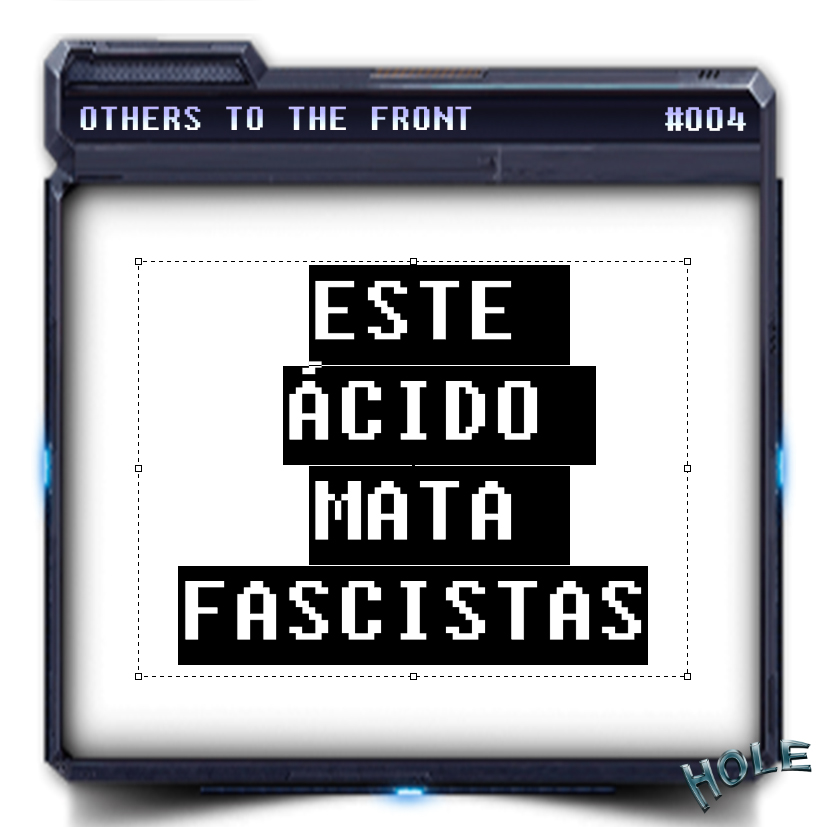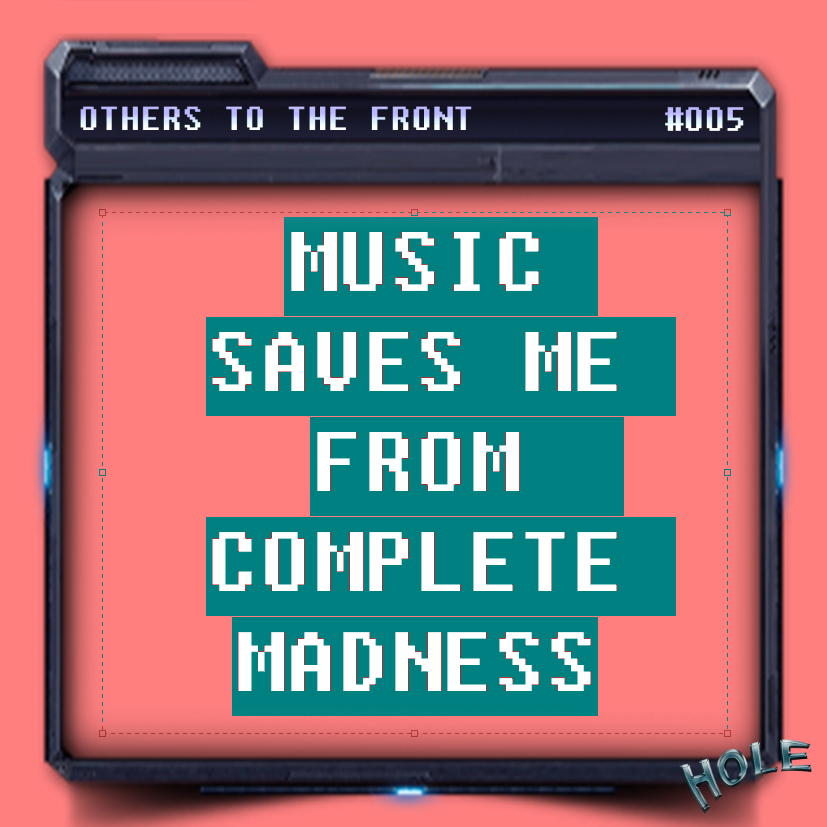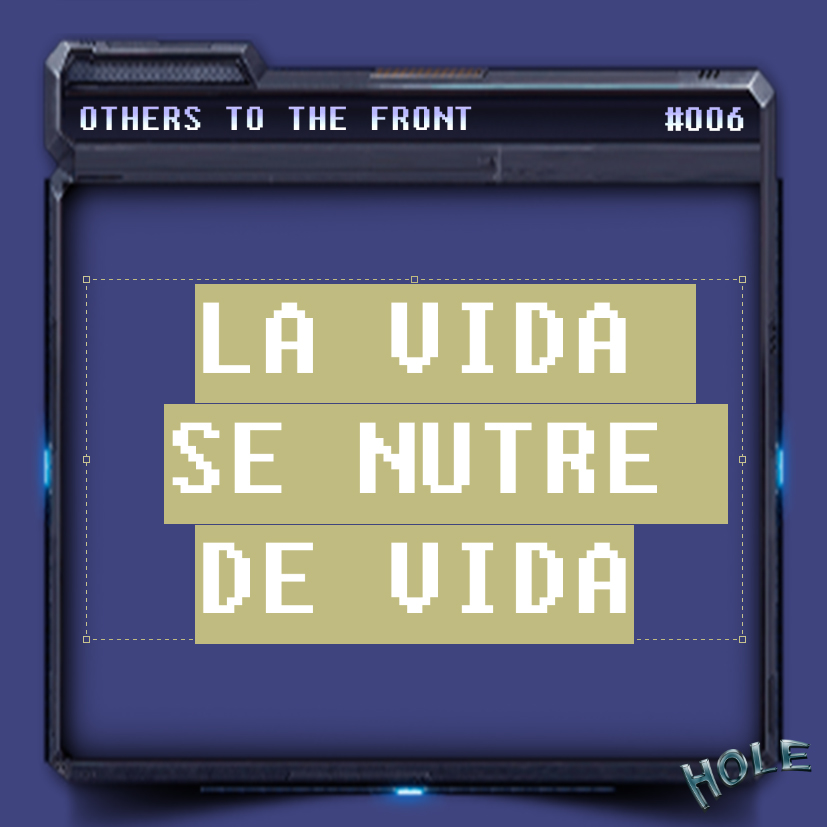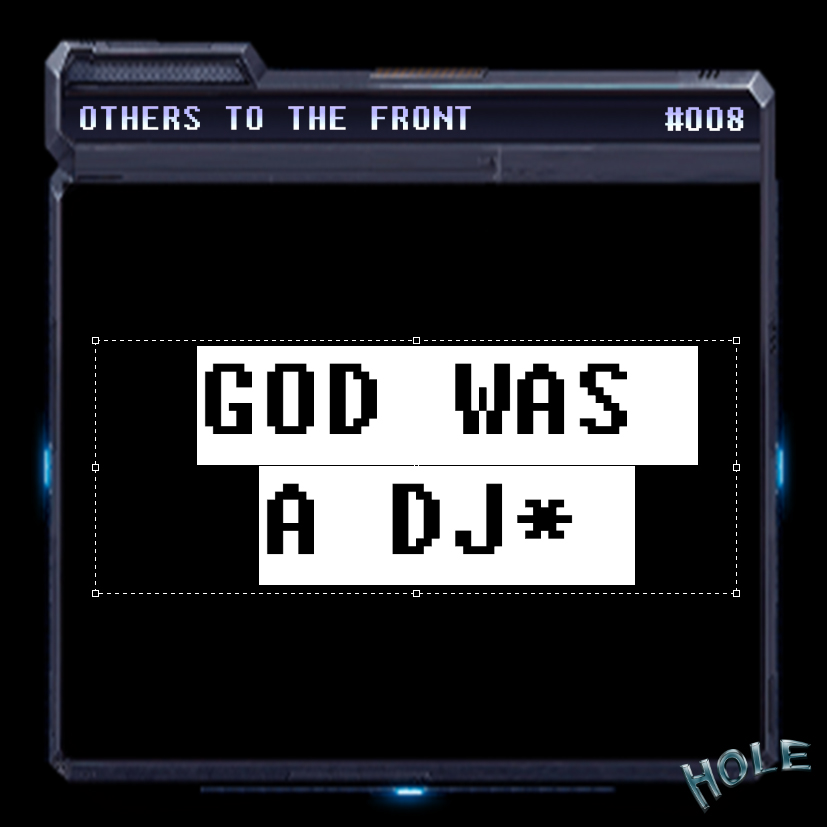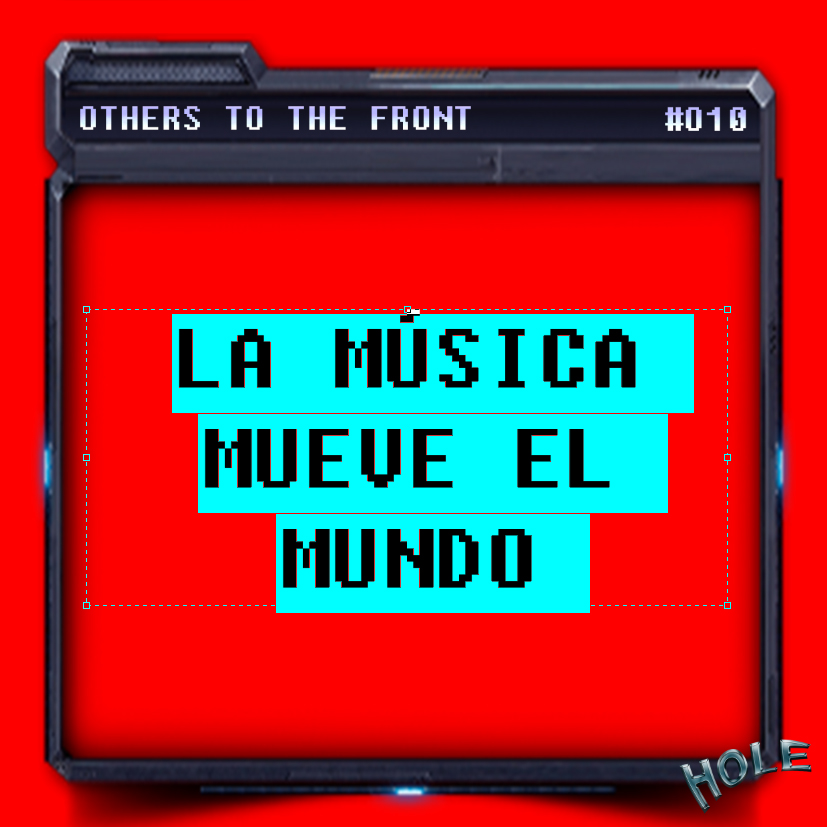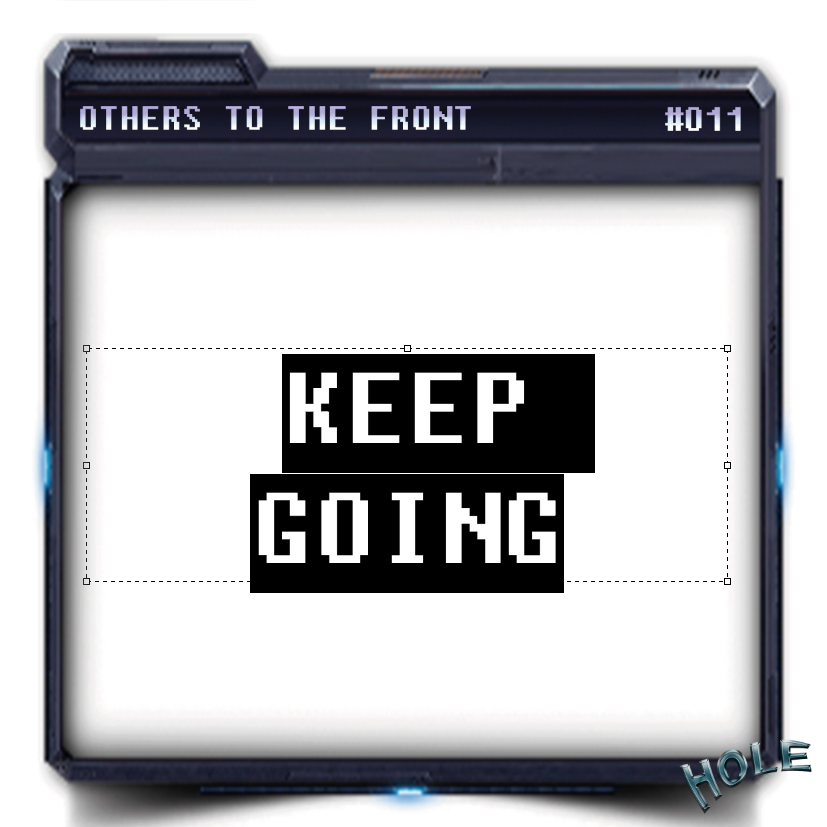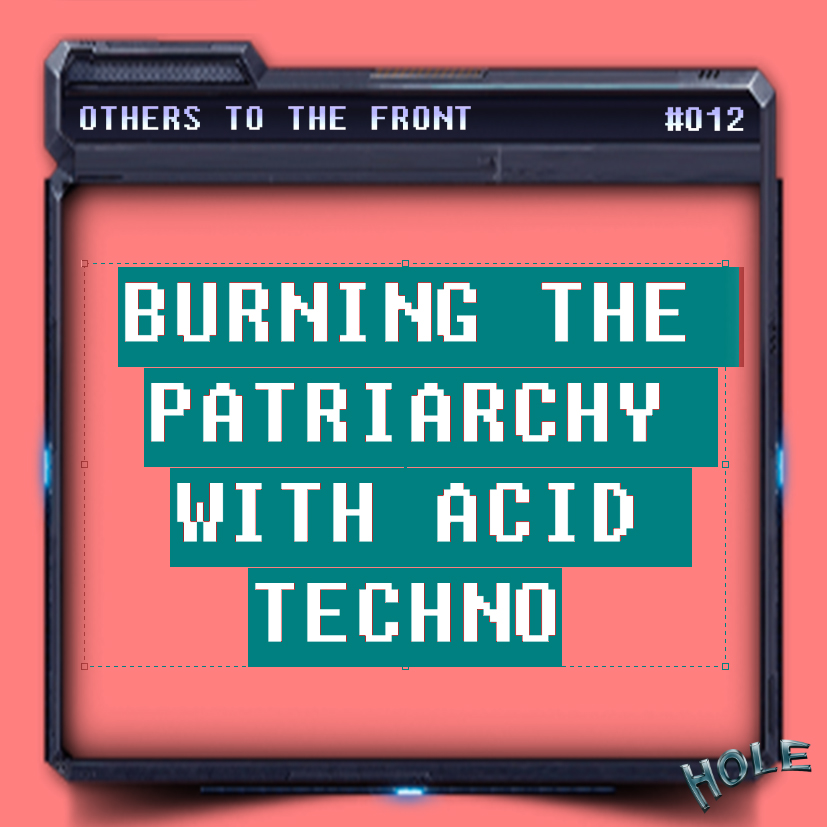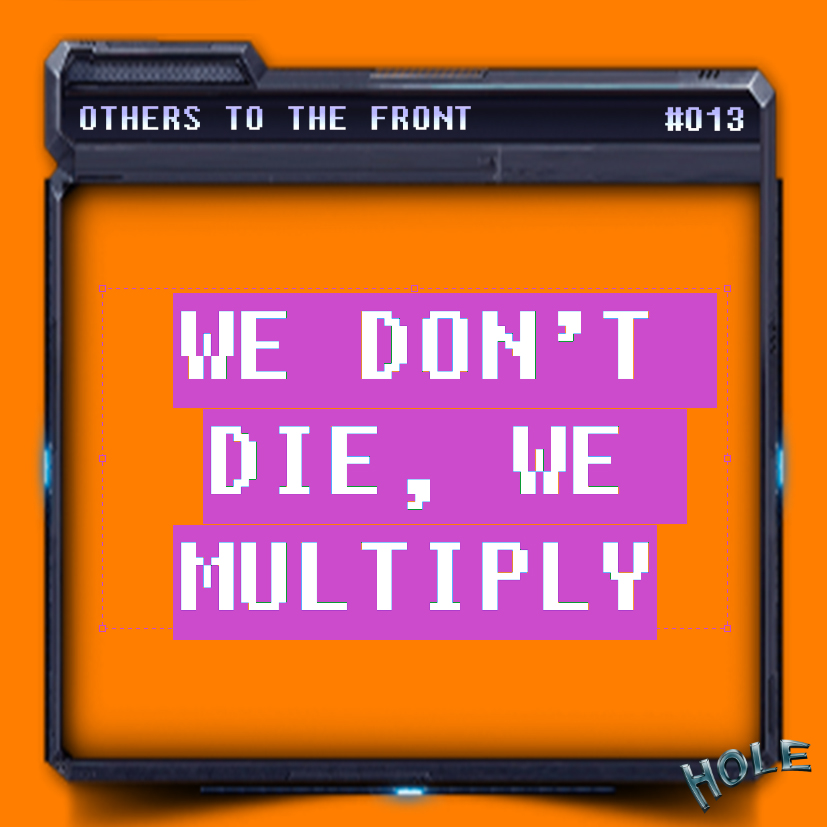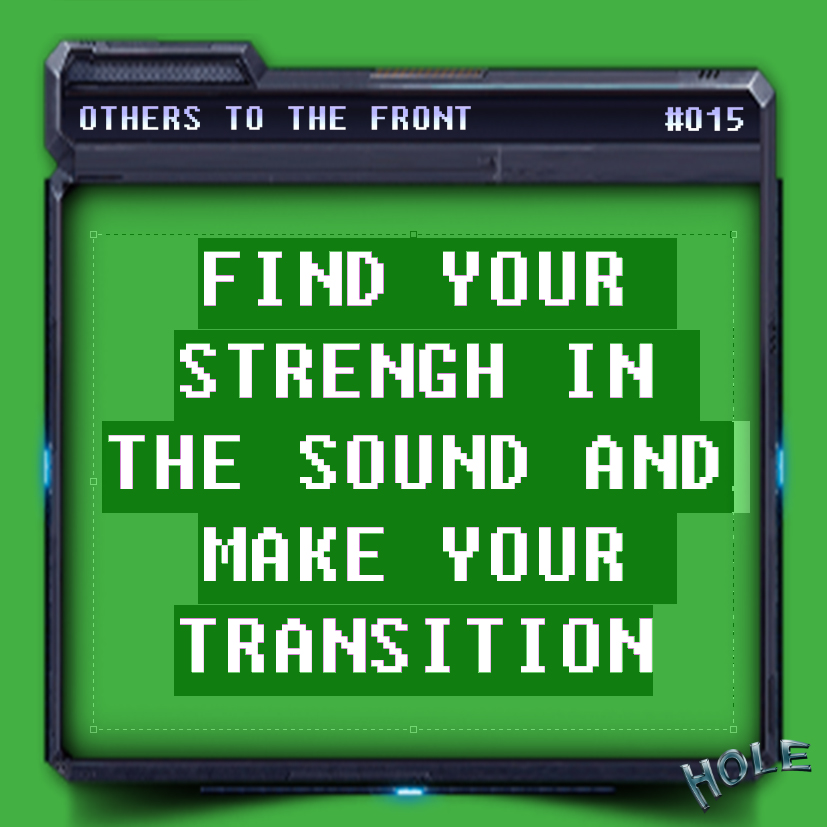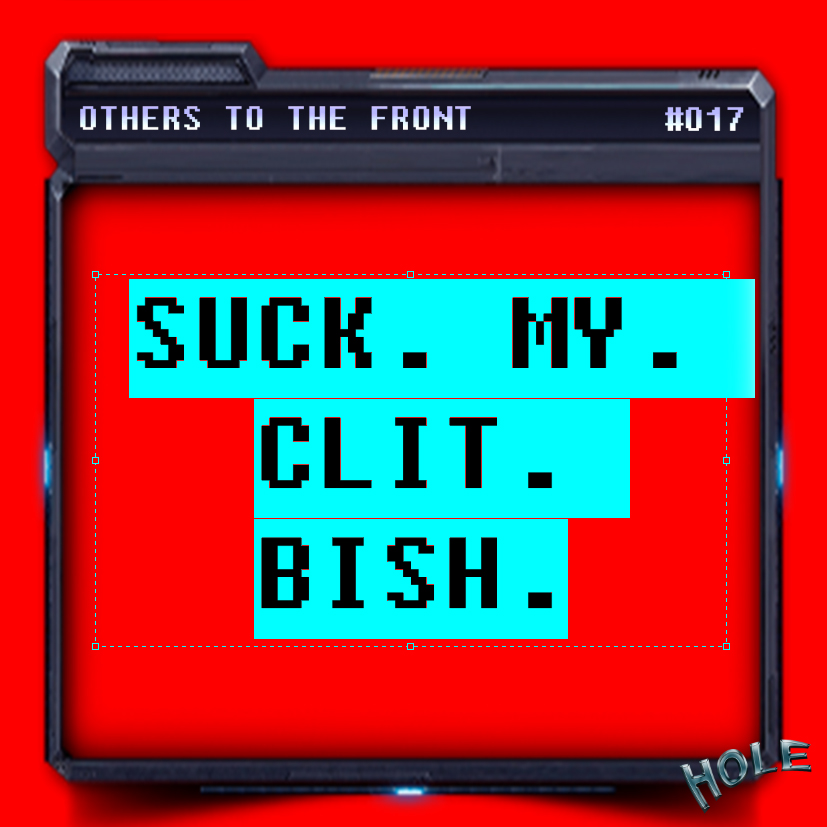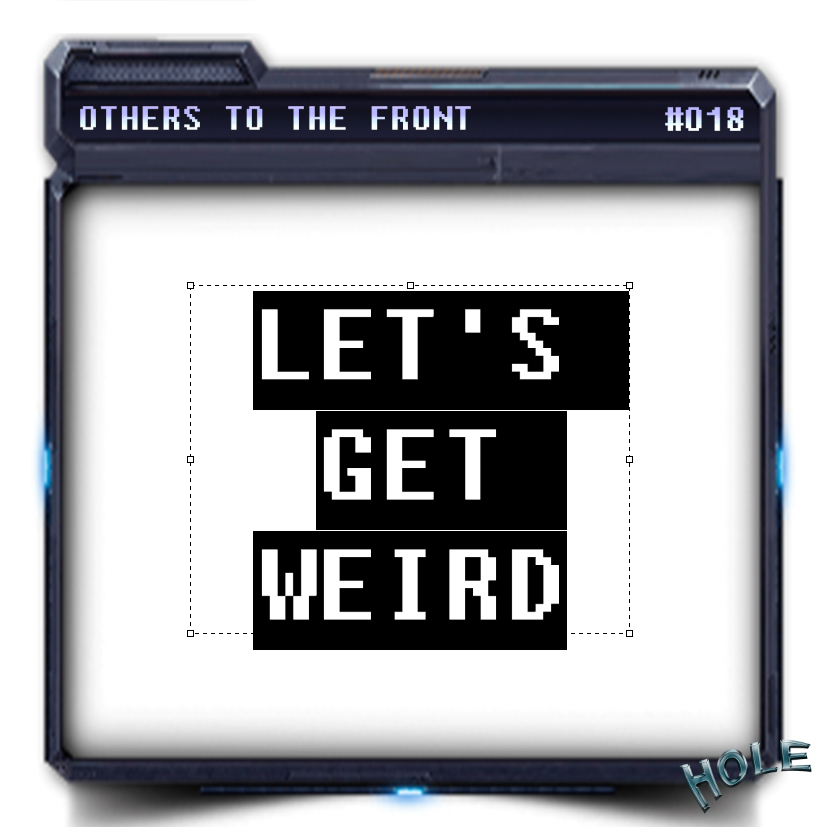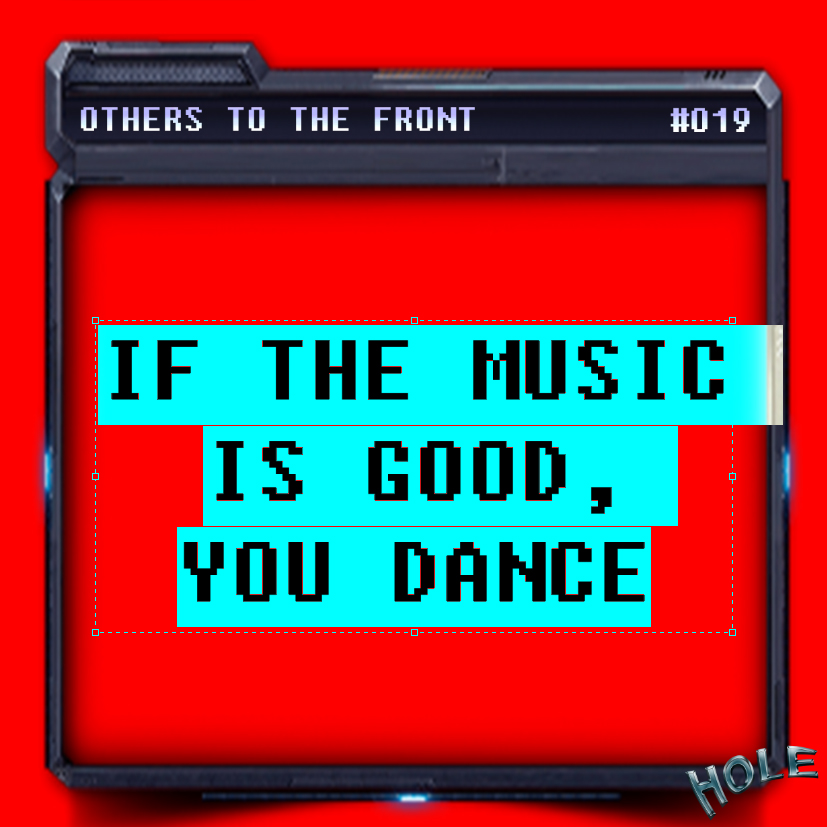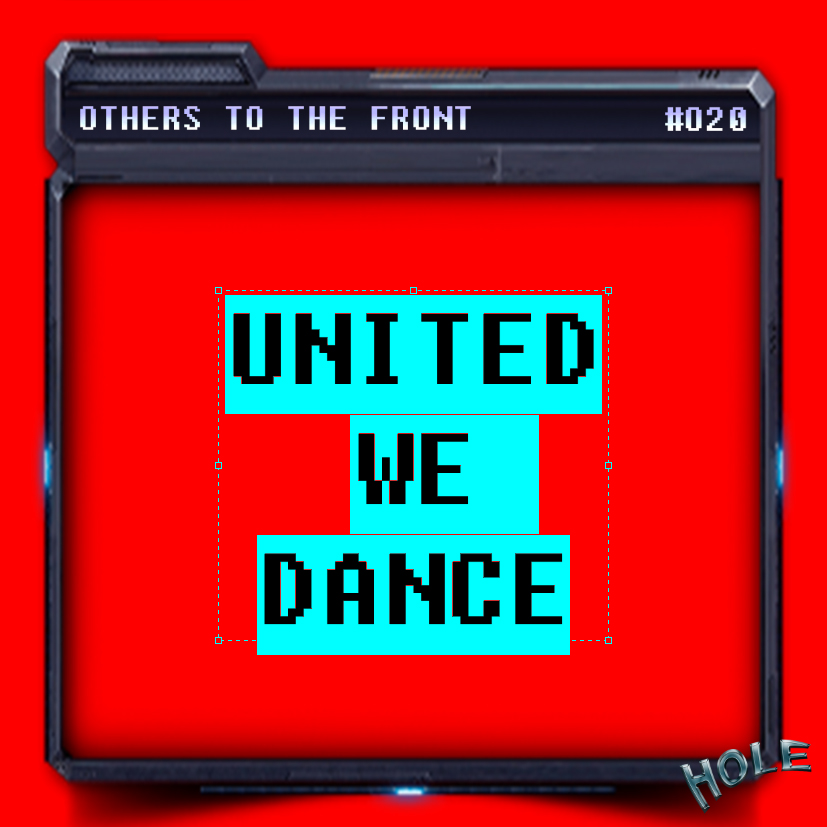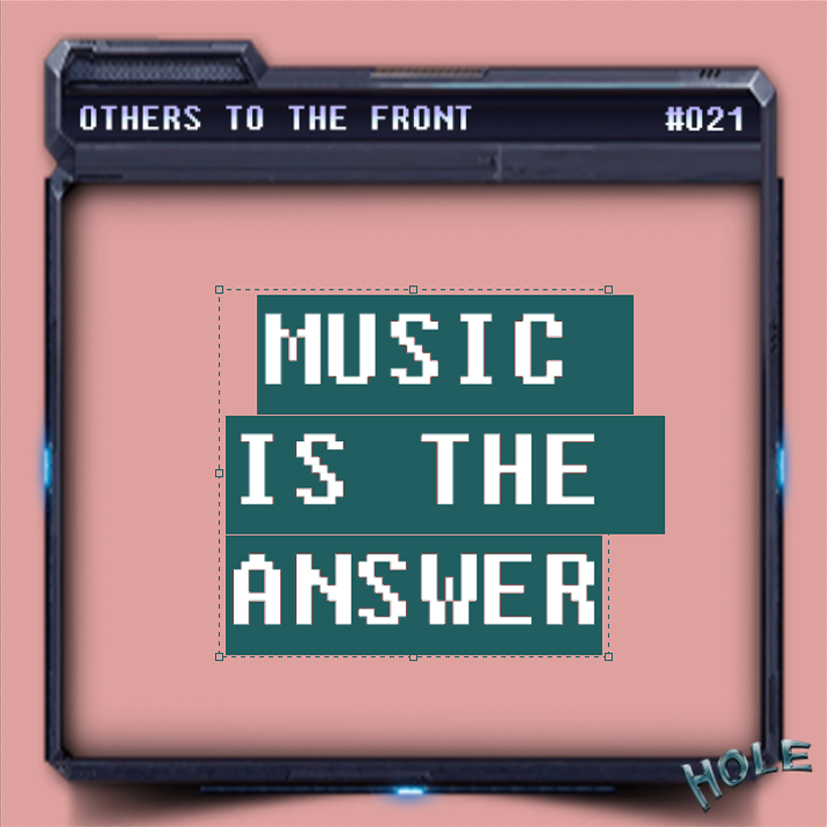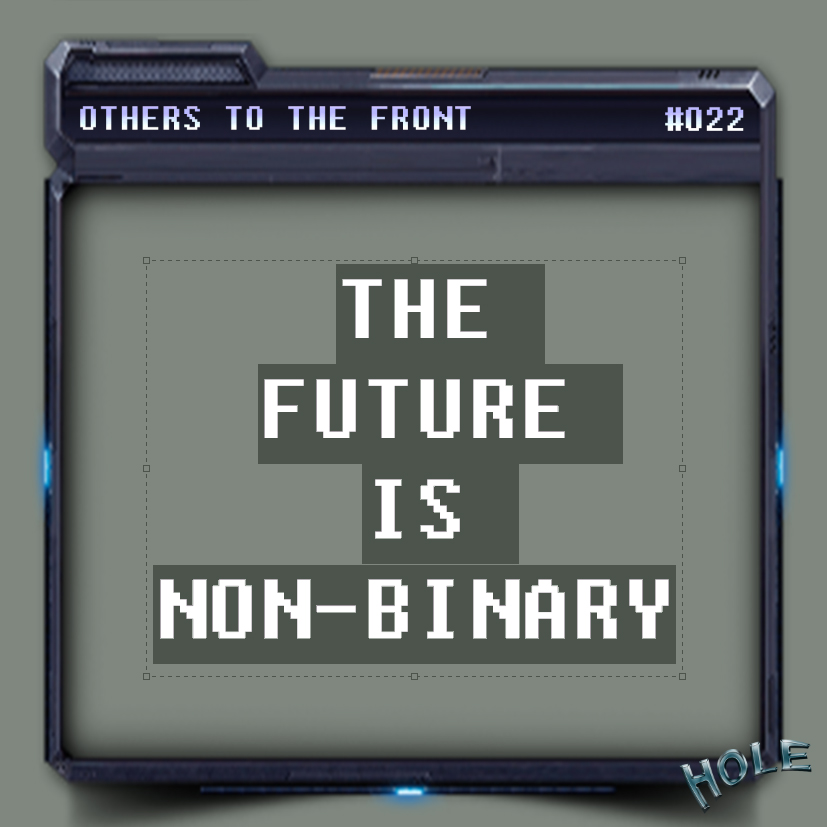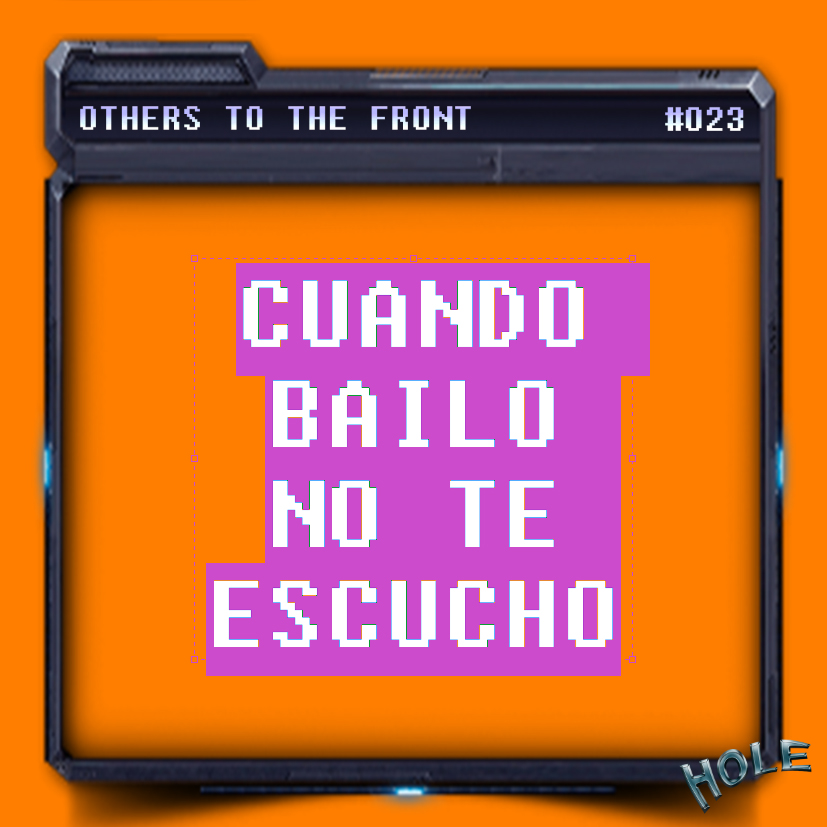Mientras bailamos a un ritmo que parece fuera de tiempo
Al que sientes en el metrónomo de tu mente
¿Te ofende que nuestro ritmo parezca extraño
O que haga que tu pensamiento se reordene?
¿No será que entenderías este ritmo al que bailamos
Si se te diera la oportunidad, entenderías mejor este ritmo que bailamos.
Así que mientras te esfuerzas por encontrar la sensación con tus pies
Pregúntate, ¿puedes bailar a mi ritmo?
Míranos bajar a este ritmo con una sensación afro-funk
Mientras nos elevamos a un ritmo con atractivo espiritual
Expresiones de libertad de los descendientes de los esclavos
Dios nos da la fuerza para los nuevos horizontes que debemos afrontar
Primero la esclavitud, luego la mentalidad, ahora la opresión económica
Con este ritmo bailamos, sabemos que hemos superado la prueba
Así que mientras luchas por coger el ritmo con los pies
Pregúntate, ¿puedes bailar a mi ritmo?
El ritmo, el ritmo, el ritmo es nuestra sección de poder
La libertad que sentimos en nuestra alma
Bailamos para aprender esas lecciones
Mientras nuestra historia sigue desarrollándose
Nuestro ritmo, nuestras palabras, nuestras melodías, nuestros regalos
De los dadores de esos regalos
Somos simplemente las terminales a las que han pasado
Así que mientras luchas por coger el ritmo con los pies
Pregúntate, ¿puedes realmente bailar a mi ritmo?
(Blaze, Can you dance to my beat? – Slip ‘n’ Slide, 1998)
Cada vez somos más en los márgenes, o mejor dicho, cada vez somos más visibles todes aquelles que ni entramos, ni queremos entrar, en las identidades integradas.
La revuelta contra el supremacismo blanco o la revuelta transfeminista molecular que está produciendo constantemente pequeñas pero innumerables revueltas contra el género, división primaria que nos clasifica y domina desde el origen, son expresiones del hartazgo generalizado que supone el sometimiento permanente de unas personas a otras por motivos que, bajo la apariencia de realidad normalizada, esconden una máquina incesante de destrozar vínculos, comunidades, vidas y ecosistemas.
Lo queer, como grito empoderado que reclama el derecho de autodeterminación de las cuerpas, ha tomado el escenario antagonista central y tiene la potencia de agregar las nuevas luchas anticapitalistas, postgénero y postcoloniales. Y como todas las visiones de un orden alternativo que comienzan a dar señales de extensión y profundidad, lo queer es un territorio en disputa, permanentemente acosado por la cooptación comercial para convertirlo en, todavía, otro fetiche reluciente listo para ser consumido aproblemáticamente.
La cultura de baile underground siempre ha sido un dispositivo político que ha permitido doblemente generar entornos seguros para las identidades disidentes. Ese es el milagro del ritmo sincopado: generar nuevas comunidades caracterizadas por composiciones más plurales y abiertas; aunque pocas veces se haya sido consciente de ello.
Desde sus orígenes contraculturales, afroamericanos y gays en Detroit, Chicago y Nueva York desde mediados de los años 80 hasta la actual oleada de nueva cultura rave, pasando por las sacudidas expansivas que ha ido generando a lo largo de tres décadas entre jóvenes, y no tan jóvenes, de Europa y EEUU, la cultura rave se ha convertido en un método autogestionado para la construcción de comunidades de iguales donde antes había desconocimiento mutuo, incomprensión y, en no pocos casos, odio y violencia. Es el discurso original del Acid House, no importa quién seas antes de entrar en la rave o en el club siempre que tus principios innegociables sean Peace, Love and Unity.
Solo desde los márgenes puede llegar el momento político que entierre definitivamente el antiguo régimen capitalista, cisheteropatriarcal y racista y en su lugar abra un mundo de igualdad y libertad social, comunitaria y personal. Ha llegado el momento de la otredad al frente, siempre otro frente porque nunca estaremos conformes con el discurso dado y nuestro frente nunca podrá ser el mismo. Nuestro frente son muchos frentes que no dejan de mutar, como nosotras, y uno de ellos es la pista de baile.
Nos vemos bailando!
Love, Peace & Unity,
Others To The Front
As we dance to a beat that seems out of time
To the one you feel in the metronome of your mind
Does it offend you that our rhythm looks strange
Or causes your thinking to be rearranged?
Could it be that you would understand this beat to which we dance
More clearly had you been given a chance?
So as you struggle to find the feel with your feet
Ask yourself, can you dance to my beat?
Watch us get down to this groove with an Afro-funk feel
While we get high to a rhythm with spiritual appeal
Expressions of freedom from the descendants of slaves
God gives us the strength for new horizons we must brave
First bondage, then mental, now financially oppressed
With this beat we dance, we know we’ve passed the test
So as you struggle to catch the rhythm with your feet
Ask yourself, can you dance to my beat?
The rhythm, the rhythm, the rhythm is our power section
The freedom we feel in our soul
We dance to learn those lessons
As our story continues to unfold
Our beat, our words our melodies, our gifts
From the givers of those gifts
We’re merely the terminals to which they have passed
So as you struggle to catch the rhythm with your feet
Ask yourself, can you really dance to my beat?
(Blaze, Can you dance to my beat? – Slip ‘n’ Slide, 1998)
Each time, we are more and more on the margins, or rather, all those who don´t fit and don’t want to fit in the integrated identities are more visible than ever.
The revolt against white supremacism or the molecular transfeminist revolt that is constantly producing small but innumerable revolts against gender, a primary division that classifies and dominates us from the beginning, are expressions of the generalized tiredness with the permanent subjection of some people to others by reasons that, under the appearance of normalized reality, hide a non stop destruction of bonds, communities, lives and ecosystems.
The queer, as an empowered cry that claims the right to self-determination of the bodies, has taken the central antagonist stage and has the power to add the new anti-capitalist, post-gender and post-colonial struggles. And like all visions of an alternative order that show signs of breadth and depth, queerness is a disputed territory, permanently harassed by commercial co-optation to turn it into yet another shiny fetish ready to be consumed unproblematically.
Although rarely has been aware of it, underground dance culture has always been a political device that has made it doubly possible to generate safe environments for dissident identities. That is the miracle of the syncopated rhythm: generating new communities characterized by more plural and open compositions.
From its countercultural, African-American and gay origins in Detroit, Chicago and New York, since the mid-1980s to the current wave of new rave culture, through the expansive shocks it has generated over three decades among young people, and not so young, from Europe and the US, rave culture has become a self-managed method for building communities of equals where before there was mutual ignorance, misunderstanding and, in many cases, hatred and violence. It is the original speech of Acid House, it doesn’t matter who you are before entering the rave or the club, as long as your non-negotiable principles are Peace, Love and Unity.
Only from the margins can the political moment arrive that will definitively bury the old capitalist, cisheteropatriarchal and racist regime and in its place open up a world of equality and social, community and personal freedom. The moment of the others to go to the front has arrived. It will always be another front because we will never be satisfied with the speech given and our front can never be the same. Our front is made up of many fronts that do not stop mutating, like us, and one of them is the dancefloor.
See you dancing!
Love, Peace & Unity,
Others To The Front
